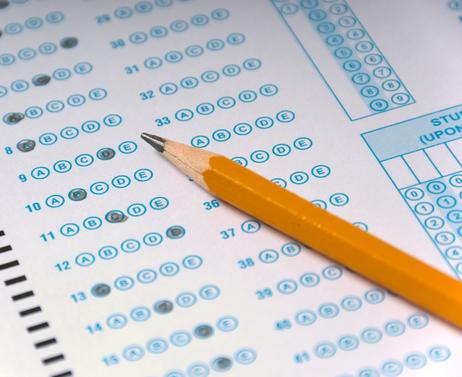If you are a student in high school, you have probably taken your fair share of standardized tests. Some school districts rely on standardized testing more than others and there is a great deal of debate about the pros and cons. No matter how you feel about the subject personally, you must be practical and accept the reality that you probably won’t get into college without taking some kind of test.
Most colleges and universities require either the SAT or the ACT – sometimes both. But there is another standardized test out there that you may need to think about – the GRE. In this article, you will learn what the GRE is, when you might need it, and how to prepare yourself so that you can get the highest score possible for your application.
What is the GRE?
The GRE is the Graduate Record Exam and it is the test that is most commonly required for graduate school admission – hence the name. Similar to the ACT and the SAT, the GRE is divided into three main sections: analytical writing, verbal, and quantitative. The analytic writing section comes first and, to complete this section, you must read a paragraph about a general issue and then respond in writing. Those who score the test look for evidence of sound reasoning skills and the ability to provide examples to support your views – you have 30 minutes to complete this portion of the



















